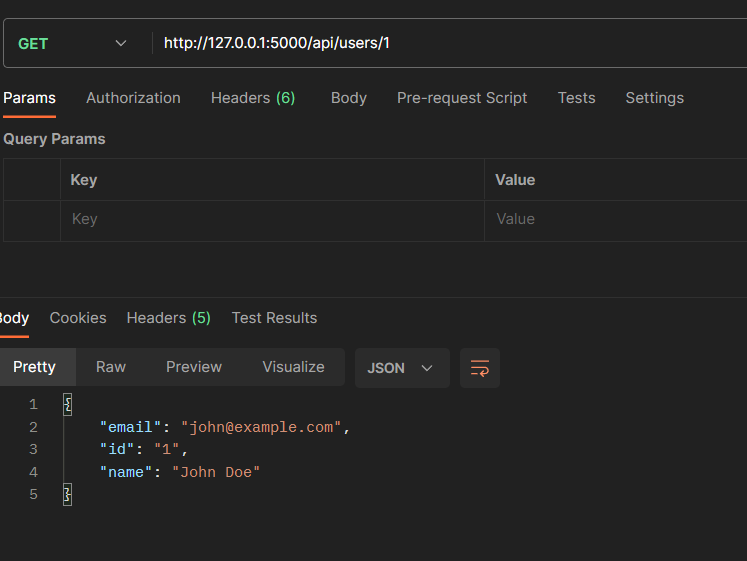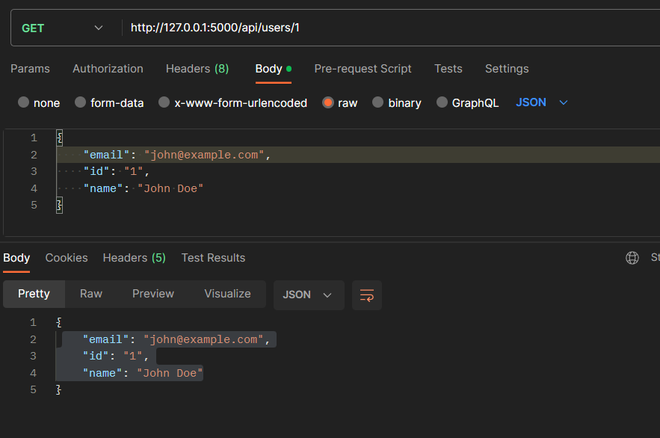As we all know caching refers to storing frequently used or dealt-up data in temporary high-speed storage to reduce the latency of a system. So we do the same when happens inside a Redis cluster. Therefore, Redis Cache supercharges application performance by utilizing in-memory data caching. By storing frequently accessed data in memory, Redis Cache dramatically reduces response times and database load, resulting in faster and more scalable applications.
Caching
in Redis
Redis, often
referred to as a “data structure server,” is known for its exceptional
performance and versatility. While Redis offers a wide range of features, one
of its primary use cases is data caching.
- Redis caching leverages its
in-memory storage capabilities, allowing applications to store and
retrieve data with extremely low latency.
- It provides key-value storage,
allowing developers to store and retrieve data using unique keys.
- With Redis, developers can set
expiration times for cached data, ensuring that the cache remains up to
date.
- Additionally, Redis offers
advanced features like pub/sub messaging, which can be leveraged to
implement cache invalidation mechanisms.
- By using Redis for caching,
applications can significantly enhance their performance, reduce response
times, and improve overall scalability.
Best
Practices for Redis Caching
It is
important to consider a few best practices when working with Redis caching:
- Identify the Right Data to Cache:
Not all data needs to be cached. Focus on caching data that is frequently
accessed or computationally expensive to generate. This includes data that
doesn’t change frequently or can be shared across multiple requests.
- Set Expiration Policies:
Determine an appropriate expiration policy for cached data. This ensures
that the cache remains up to date and avoids serving stale data. Set
expiration times based on the frequency of data updates and the desired
freshness of the cached data.
- Implement Cache Invalidation:
When the underlying data changes, it is essential to invalidate or update
the corresponding cache entries. This can be done by using techniques such
as cache invalidation triggers or monitoring changes in the data source.
- Monitor Cache Performance:
Regularly monitor the performance of the cache to ensure its
effectiveness. Keep an eye on cache hit rates, cache misses, and overall
cache utilization. Monitoring can help identify potential bottlenecks or
areas for optimization.
- Scale Redis for High Traffic: As
your application’s traffic grows, consider scaling Redis to handle the
increased load. This can involve using Redis clusters or replication to
distribute the data across multiple instances and increase read and write
throughput.
By following
these best practices, you can maximize the benefits of Redis caching and create
high-performance applications. Remember that caching is a powerful tool, but it
should be used judiciously and in combination with other performance
optimization techniques.
Implementation
of caching in Redis
In this
section, we will explore the step-by-step implementation of Redis caching in an
application. We will cover the following subtopics with code snippets and
examples:
Step:1 Establishing a Connection with Redis
To begin, we
need to establish a connection with the Redis server. The following code
snippet demonstrates how to connect to Redis and check if the connection is
successful by sending a ping request and receiving the response as “True.”
```pip install redis```
- Python3

Step:2
Defining External Routes from the API
Next, we
define the external routes from our API that will be responsible for fetching
data. These routes can be endpoints that retrieve data from a database,
external APIs, or any other data source. Here is an example of defining an API
route to fetch user data:
- Python3

Step:3 Establishing Caching with Redis
To implement
caching, we can utilize Redis to store and retrieve data. The code snippet
below demonstrates how to establish caching by checking if the requested data
is available in the cache. If not, it fetches the data from the external route
and stores it in Redis for future requests.
- Python3

Step:4 Comparing Data from the Cache
To showcase
the effectiveness of caching, we can compare the data retrieved from the cache
with the data fetched from the external route. The following code snippet
demonstrates how to compare the received data from the cache with data fetched
from the external route:
- Python3
By comparing
the data retrieved from the cache with the data fetched from the external
route, we can validate the effectiveness of caching. If the cached data matches
the data fetched from the external route, it indicates that the caching
mechanism is successfully serving the data from the cache, thereby reducing the
need to fetch data from slower data sources.
Conclusion
Redis
caching provides a powerful solution for optimizing application performance by
storing frequently accessed data in memory. By leveraging Redis’s in-memory
storage capabilities, applications can significantly reduce response times and
database load. In this article, we explored the fundamentals of caching,
introduced Redis as a caching solution, and demonstrated the step-by-step
implementation of Redis caching using code snippets and examples.
Implementing Redis caching can lead to substantial performance improvements, especially for applications that rely on fetching data from databases or external APIs. By reducing the time required to retrieve data, applications can deliver faster responses, enhance user experiences, and scale more efficiently. Remember, effective caching strategies involve carefully determining which data to cache, setting appropriate expiration policies, and regularly monitoring cache performance to ensure optimal results. Redis caching, when utilized correctly, can be a game-changer in achieving high-performance applications.


No comments:
Post a Comment